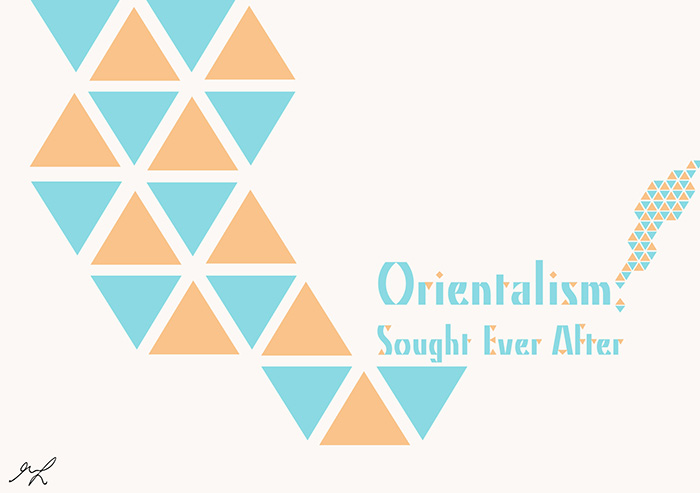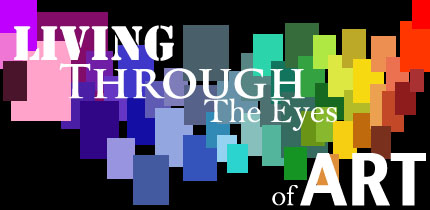Will art investment grow in the region? What is holding it back, and what do we need to put in place for this industry to grow?

With museums on the rise, and three key museums just 45 minutes from Dubai by car in Abu Dhabi and another few 45 minutes by plane in Doha, it is definitely the time to start getting serious about art and investing in art. Museum acquisitions seek out new trends and with trends, artworks gain value. My interest in all of this has led me into a 6-week course in Art Investment with Sotheby’s. As part of the course I started going through collections on their online sites, which has led me to a quite peculiar realization: art is not free from bias.
I chose to look at two different lots; collections that are categorized as Islamic art and in specific the Moghul miniaturist paintings, and those that I like to describe as their mirrors, the Orientalist. I found it intriguing that Orientalists fetch more at auctions than artwork that would fall into the Antique/Masters segment.
Let me take you through two examples: Emperor Akbar with a Courtier sold in 2012 for under £ 7,000 in comparison to 2015, The Orientalist Sale which sees The Palace Guard by Deutsch estimated at £800,000–1,200,000.
It surprises me to witness, especially after post-colonialist theory (a theory that aims to deconstruct colonial agendas of economic and social exploitation of colonies), to see more avid collectors opting for orientalists paintings rather than a more authentic representation of the Islamic/Middle Eastern culture (authentic in this sentence is a term I loosely used to describe something that is more representational than artwork created in Europe depicting a phantasmal world of the mysterious East). I would also like to point out that I find it even more so surprising that foreign auction houses continue to categorize both Orientalist paintings and Islamic Art as Islamic Art. Art historians do not group everything under Renaissance Art; we list out the different movements especially when geographically, chronologically and even aesthetically they have little or no commonality between them.
Subsequently, why do buyers find themselves more likely to buy works of arts that represent a mythical representation of the “other” (borrowing from Post-Colonialism here and Edward Said’s Orientalism) than those of a far greater historical significance and created by “the other” themselves? (This is also an ongoing discussion with artworks that fall under handicrafts, a lesser form of art).
Is it in its aesthetic difference that it does not fall into the western style of painting, or is there more than the stylistic aesthetics?
Could one of the factors be the lack of providence in comparison to that of the Orientalist paintings? Or that the region to which it comes from does not have an established art market?
Perhaps these factors are quite valid reasons that Islamic Art still hasn’t been able to hit the auction records. However, more and more museums are opening up in the region in the UAE and Qatar and along with them is a need to acquire more relevant artworks that relate to the region. Another question then arises: is this enough for Islamic Art to start gaining value as an asset?
The museums alone cannot give value to the artworks and it is left to the collectors from the region to give the artworks value. The number of art collectors in the Middle East region is growing, yet not enough to make an impact. Most American states and some European nations have favorable tax treatments for art acquisitions, but in this region, collecting is purely symbolic of a cultural and perhaps sometimes a nouveau-riche practice. Art is taught in some universities in this region, however it remains a questionable profession. This of course does not only impact historically significant works from the region, but also the contemporary art scene, which brings about as an obstacle for cities like Dubai that are trying to enter the arena of art capitals of the world.
Another key factor to the low pricing of art is that of maintenance. Many of these have been stored away in unfavorable conditions, which has led to their fragility. Yet, those that were acquired by the British during the colonial days had a better fate as they were taken into a country that has a history in art restoration, as well as people who had the means to cover such expenses.
In conclusion, this is an insight for anyone looking at acquiring Islamic art, that it is most probably best to buy it from a certified source to ensure its value, as an asset as well as to obtain one in good condition.
Additionally, I would also recommend keeping a close eye to what acquisitions regional museums are adding to their collections. I am forecasting a great sale with The Sven Gahlin Collection and placing a bet on the A Portrait of the Nobleman Holding a Falcon basing on the Mughal exhibition in Doha and expecting bidders from the Abu Dhabi government as well as Doha. Perhaps a few private collectors will also take opportunity to acquire a few artworks themselves, that can give a good turnover in the future if Islamic art becomes a catalyst as a new trend on the art market.
Finally, as part of the conclusion, I would also like to highlight the need for far more awareness in this region from governments and private-led institutions as well as auction houses (such as Sotheby’s and Christies who both have offices in Dubai) to promote art as credible and reliable investment opportunities.
Note:
The article was written a few days before the Sven Gahlin auction and I would like to share that my prediction turned out accurate. The below is sourced from Sotheby’s online review on the auction:
“The sale was led by an outstanding Deccani painting of A Prince Holding a Falcon and Galloping through a Rocky Landscape, from 1680-1700, which achieved a price of £329,000, five times the pre-sale low estimate. This was followed by another impressive work from the Deccan, An assembly of Hindu gods, ascetics and worshippers, Hyderabad or Bidar, early 18th century, which sold for £203,000. The auction realised over £4.5m in total, against an original estimate of £1.9m, selling over 90% of the lots on offer. Buyers came from the USA, Europe, Middle East, India and East Asia, comprising collectors, institutions and new bidders.”
http://www.sothebys.com/en/auctions/2015/sven-gahlin-collection-l15224.html



